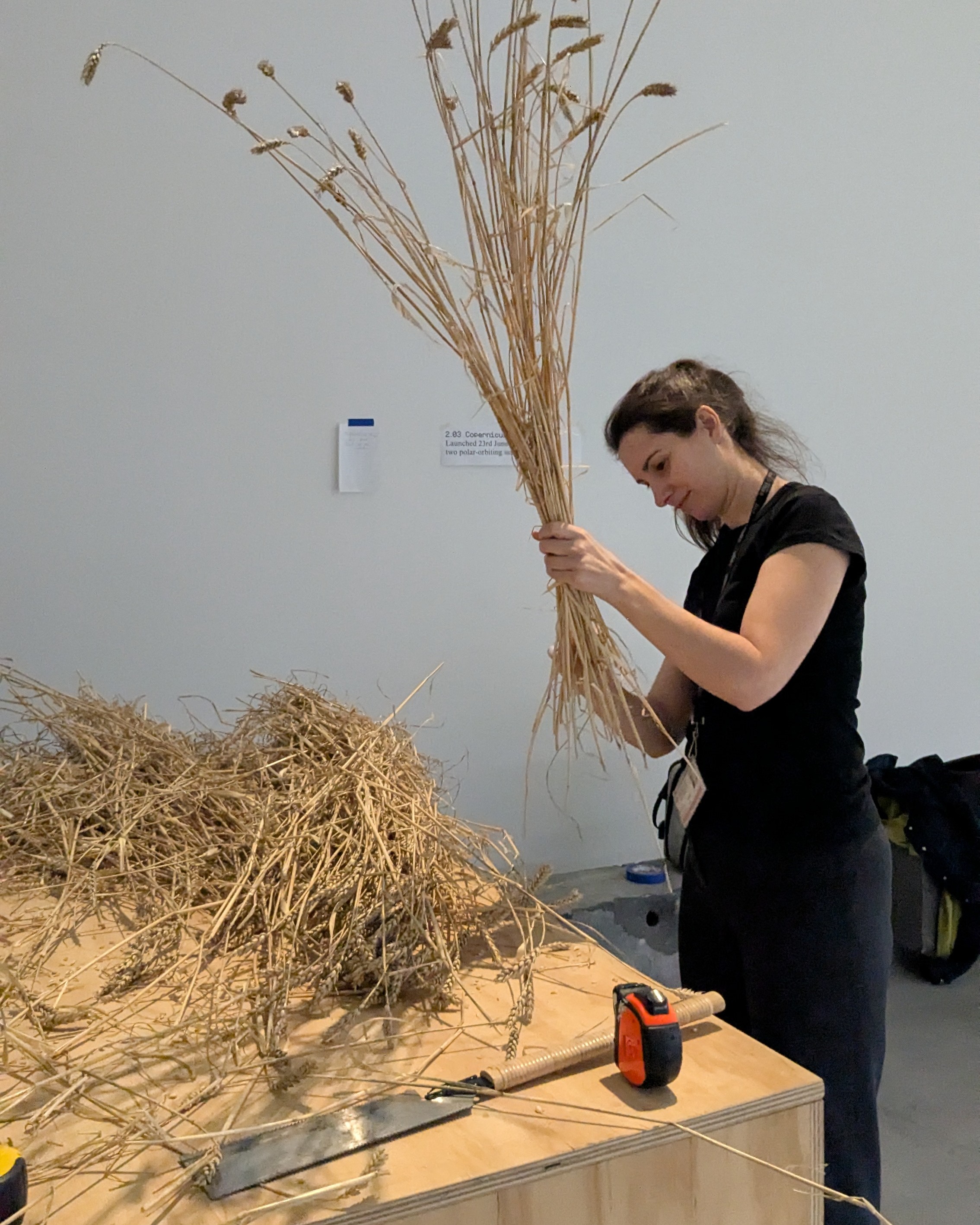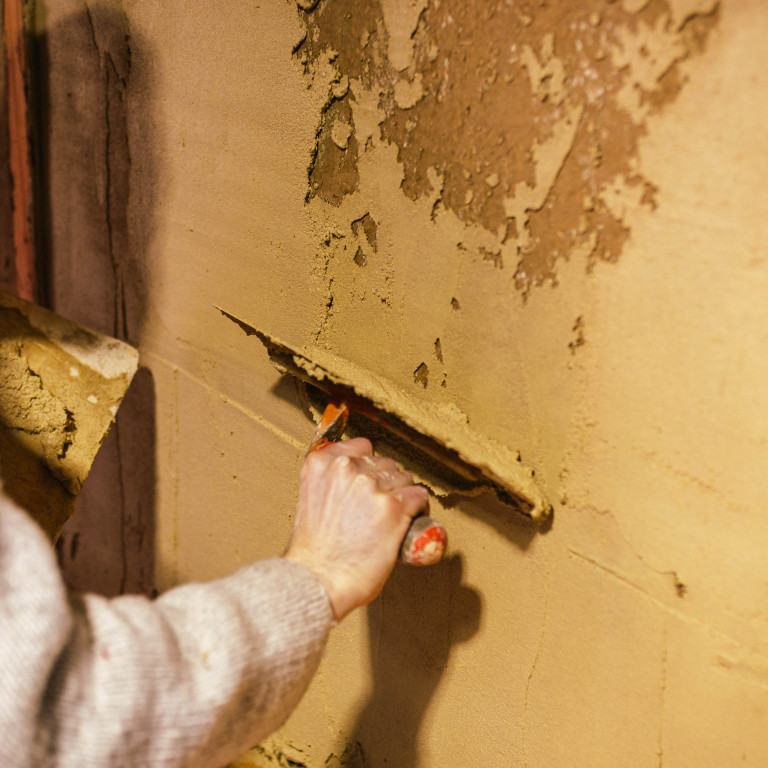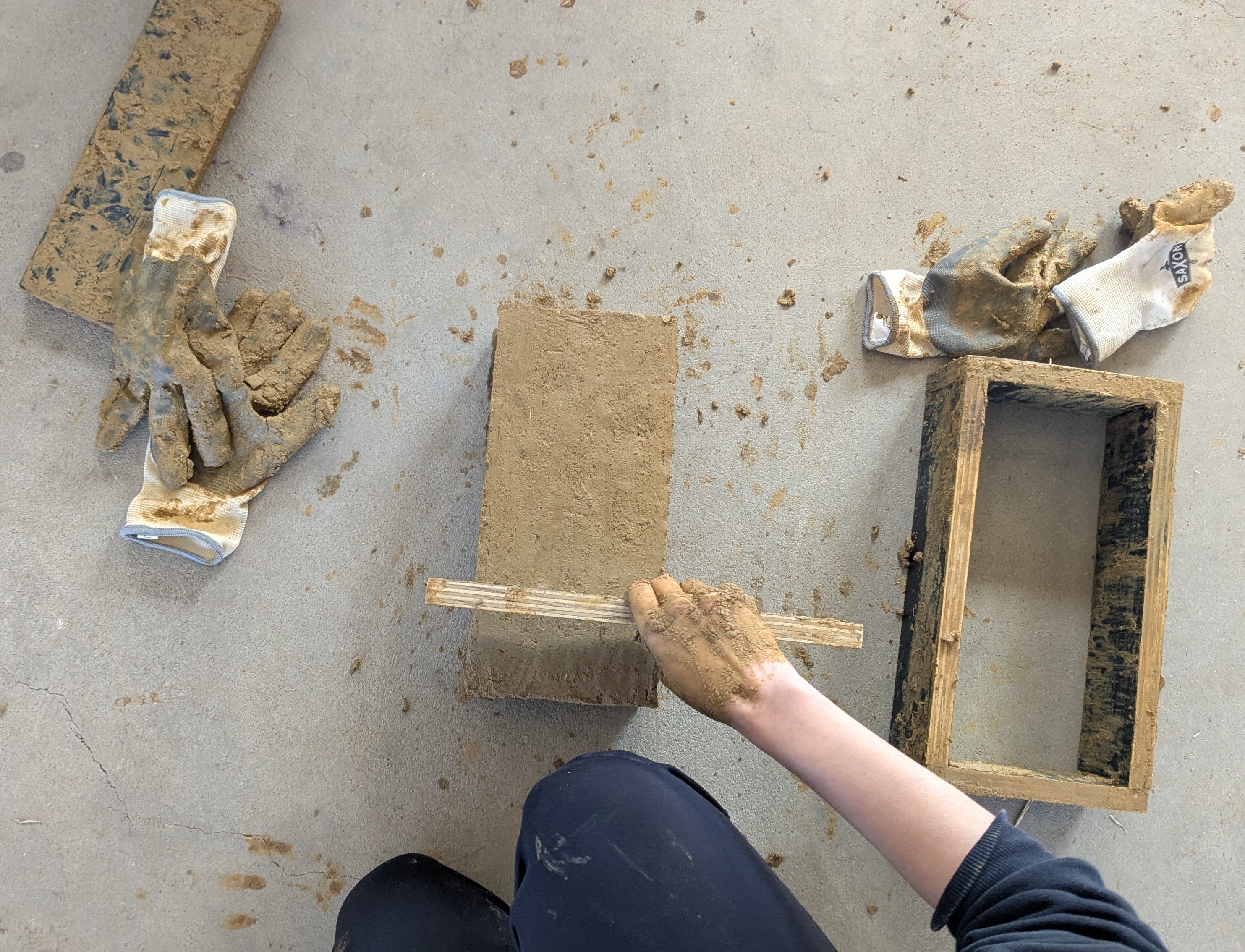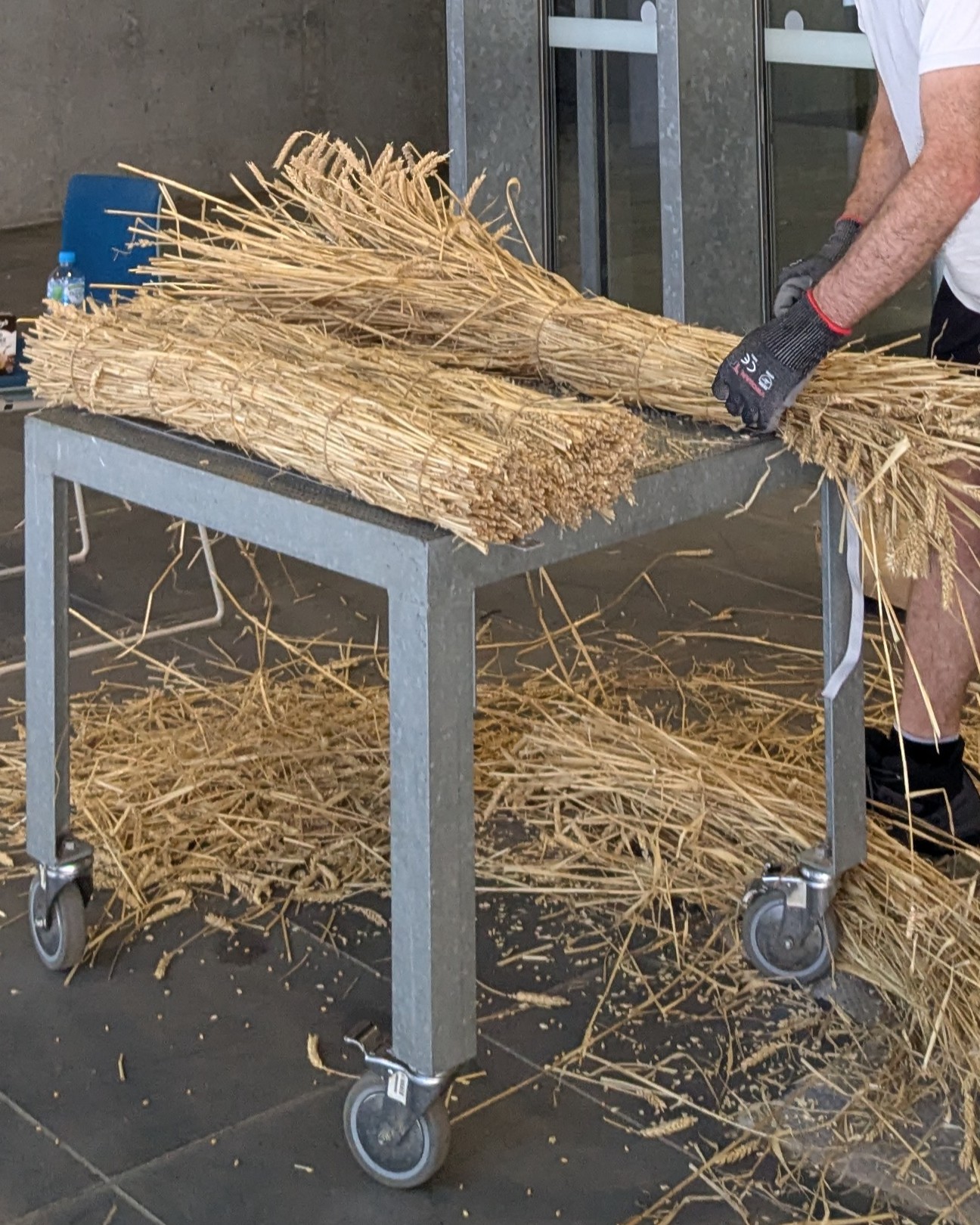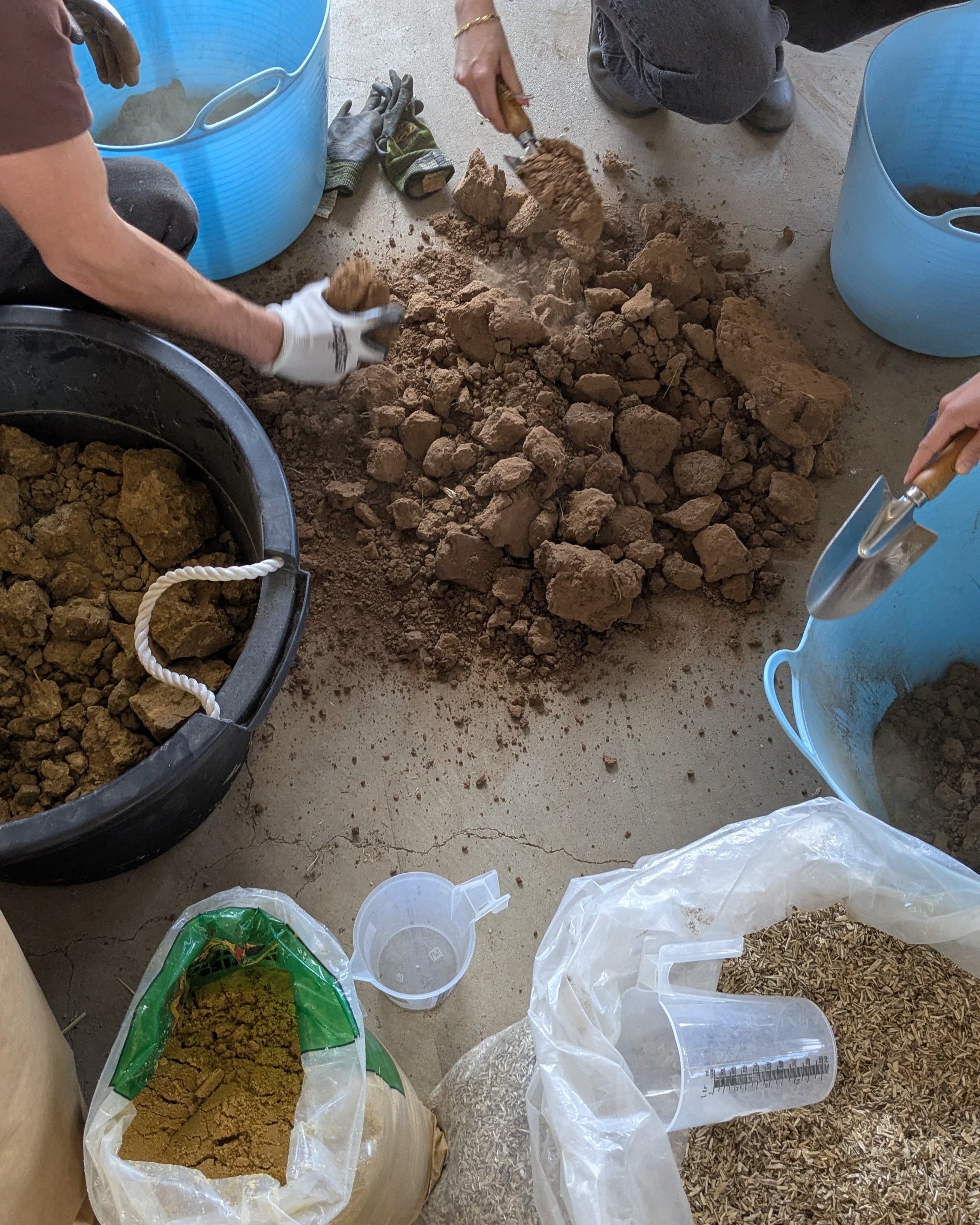Biomaterial Workshop
MPavilion Parkville
2026
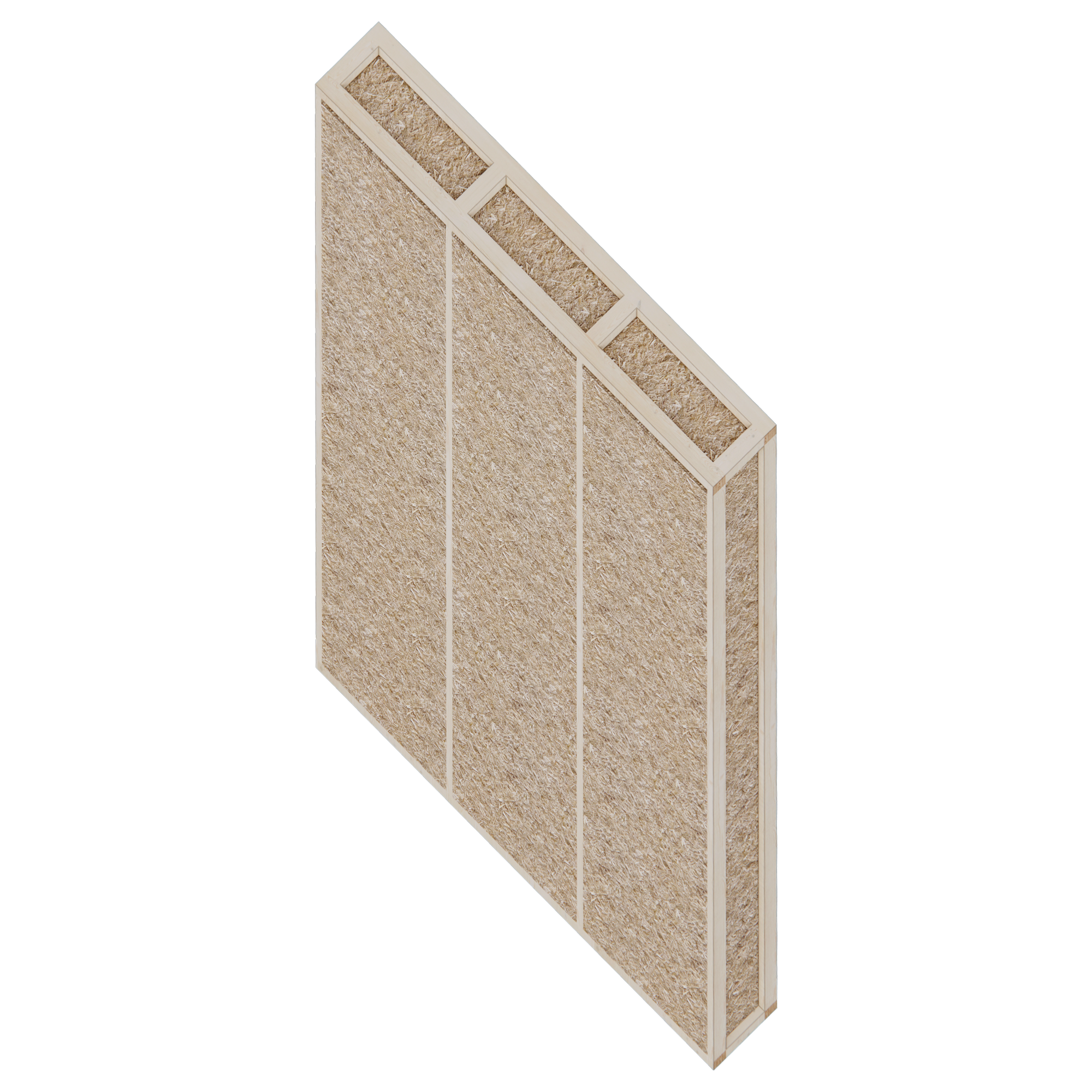

Simulaa is a Naarm-based architecture and design practice led by Andre Bonnice and Anna Jankovic, working across architecture, material research, and public engagement. Our projects explore how architecture can operate within ecological limits through the use of low-emission, circular, and bioregional material practices. Alongside our built work, we run workshops and exhibitions that translate material research into public, hands-on experiences. Recent work at the University of Melbourne’s Dookie Agricultural Campus has focused on how agricultural by-products, such as straw, hemp, and earth, can be reimagined as viable building materials, linking rural production systems with regenerative construction practices.
For this project, Andre Bonnice and Anna Jankovic will lead the workshops with support from David Fedyck, Machine Workshop Coordinator at MSD. Together, we aim to demystify sustainable construction by giving participants a direct, tactile experience with regenerative materials across three material categories, straw, hemp and earth.
For this project, Andre Bonnice and Anna Jankovic will lead the workshops with support from David Fedyck, Machine Workshop Coordinator at MSD. Together, we aim to demystify sustainable construction by giving participants a direct, tactile experience with regenerative materials across three material categories, straw, hemp and earth.
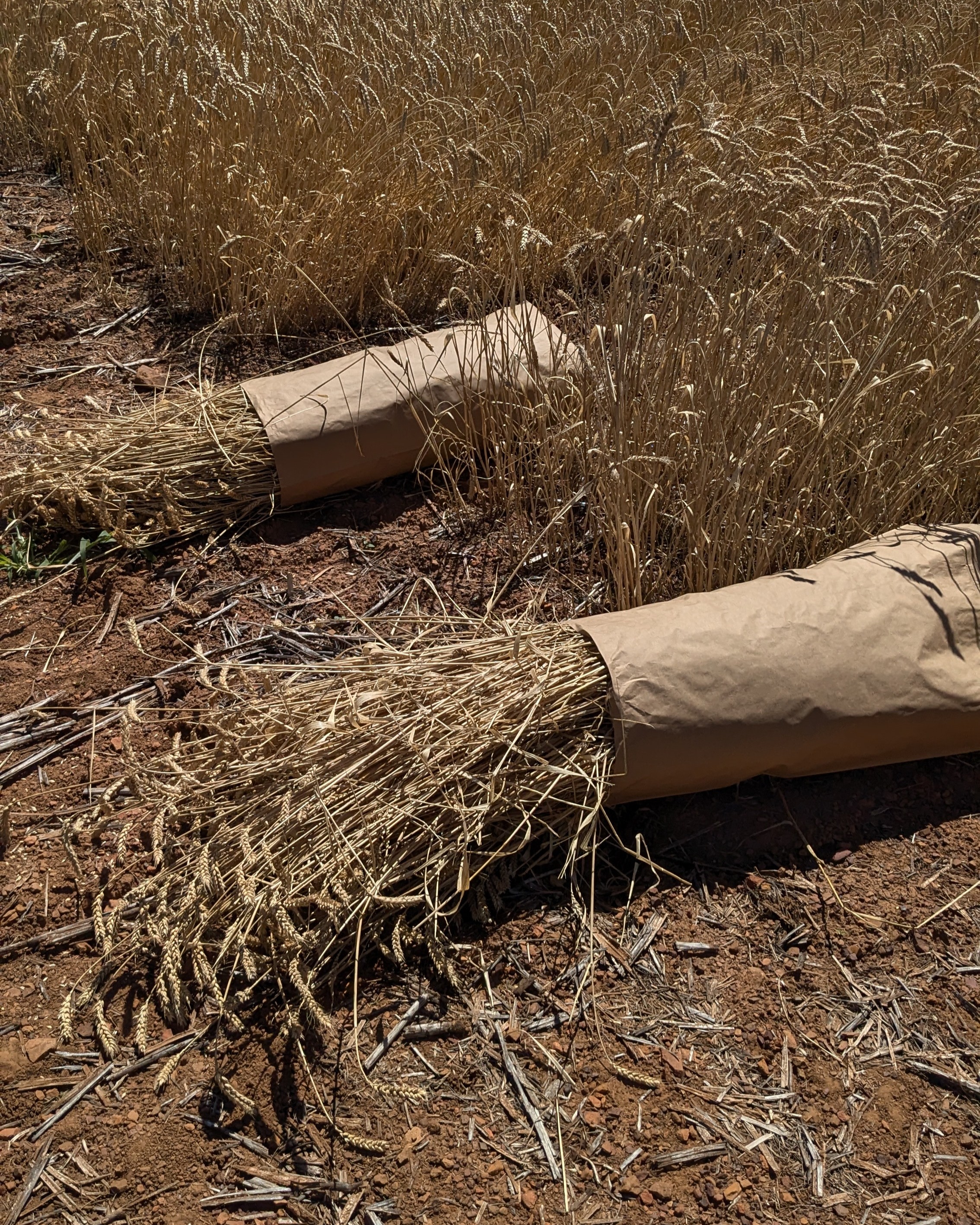
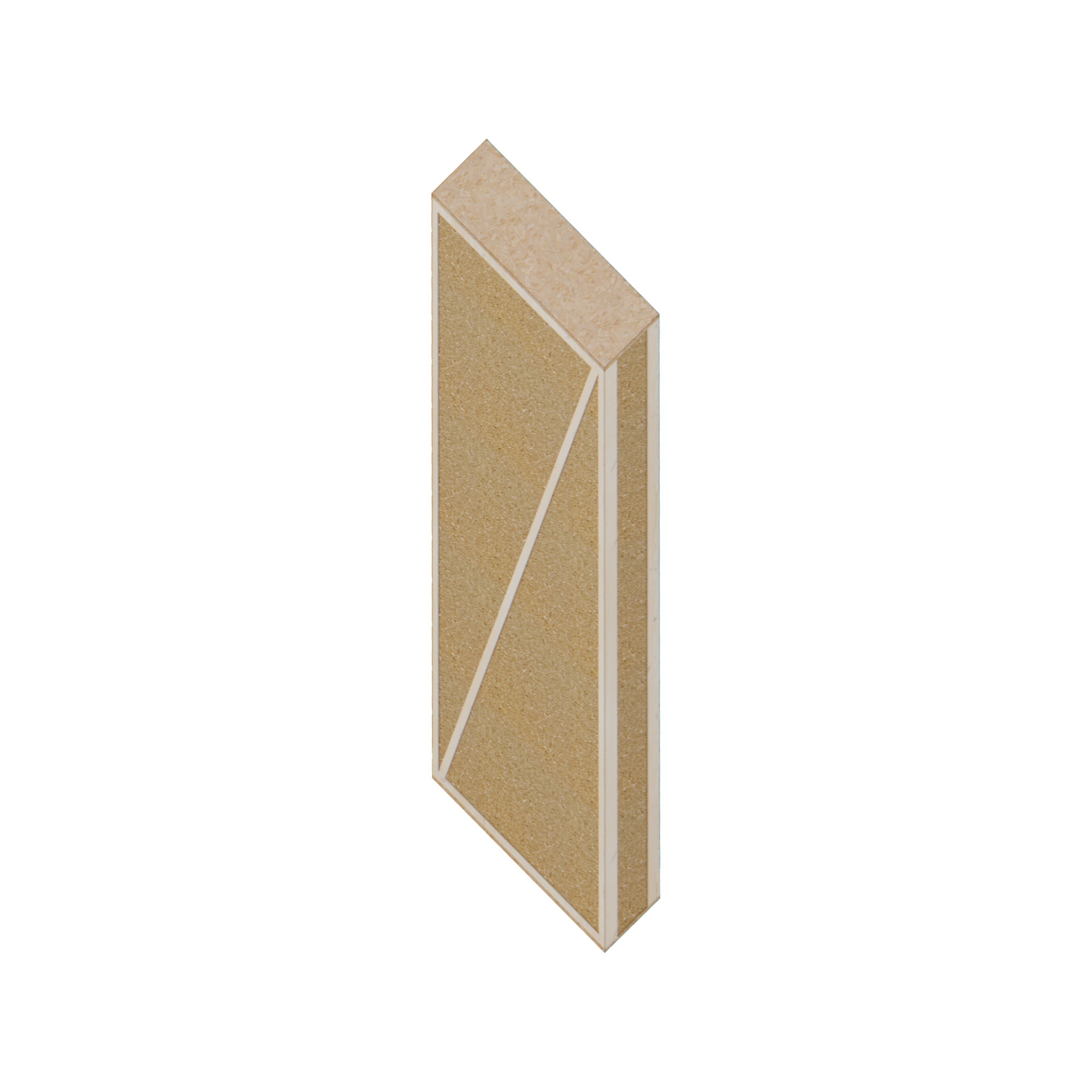


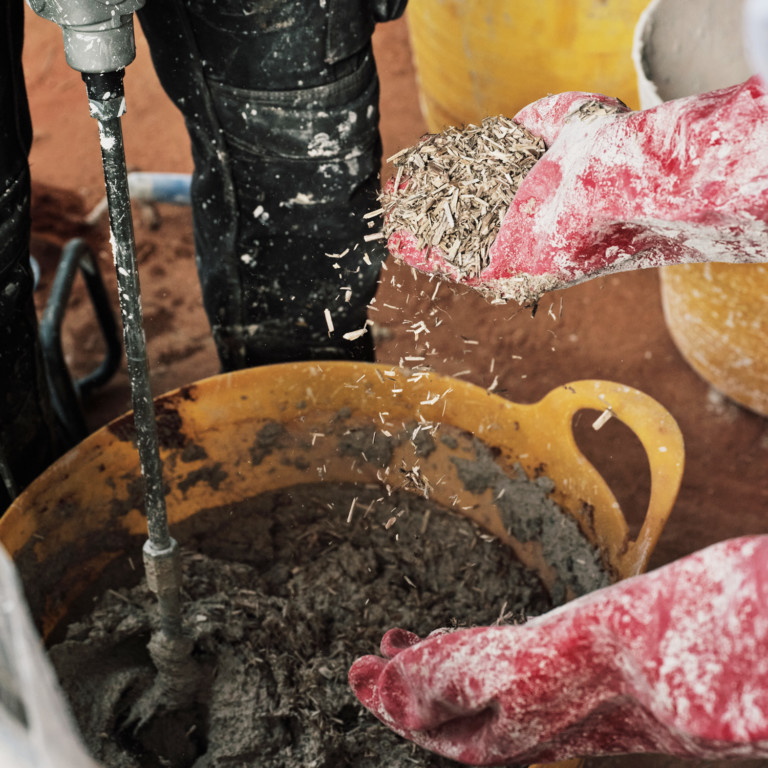





This project is a three-to-four-day public workshop series exploring how earth, hemp, and straw can form part of a regenerative material future for the built environment. Each day focuses on a single material theme, combining demonstration, discussion, and collective making:
Clay (Earth): Participants will test and mix local clay-based soils to form earth blocks and rammed earth and apply clay plasters, exploring earth as both structure and surface.
Hemp: Using lime–hemp composites, we’ll mix and cast hempcrete blocks and a hempcrete wall, discussing its potential within Australian agricultural contexts.
Straw: Participants will assemble and render straw-bale panels, examining straw’s abundance as an agricultural by-product and its role in low-carbon building envelopes as well as thatching as a form of cladding.
Each session will take place around a series of small timber-framed wall prototypes built for the event. These will act as working surfaces for making, layering, and testing materials throughout the workshops. Participants may choose to join in the making or observe from nearby seating, with both modes of engagement fostering shared learning and reflection.
Through tactile experimentation and open discussion, the workshops aim to make visible the broader ecological systems that underpin construction, reframing building not as extraction but as participation within regenerative cycles of matter and energy.
Clay (Earth): Participants will test and mix local clay-based soils to form earth blocks and rammed earth and apply clay plasters, exploring earth as both structure and surface.
Hemp: Using lime–hemp composites, we’ll mix and cast hempcrete blocks and a hempcrete wall, discussing its potential within Australian agricultural contexts.
Straw: Participants will assemble and render straw-bale panels, examining straw’s abundance as an agricultural by-product and its role in low-carbon building envelopes as well as thatching as a form of cladding.
Each session will take place around a series of small timber-framed wall prototypes built for the event. These will act as working surfaces for making, layering, and testing materials throughout the workshops. Participants may choose to join in the making or observe from nearby seating, with both modes of engagement fostering shared learning and reflection.
Through tactile experimentation and open discussion, the workshops aim to make visible the broader ecological systems that underpin construction, reframing building not as extraction but as participation within regenerative cycles of matter and energy.

